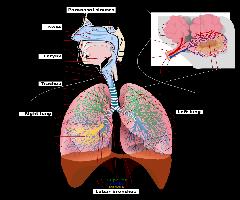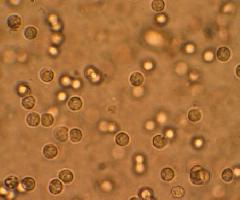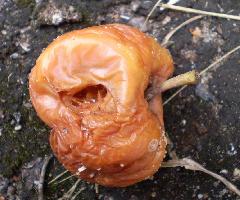Everyone is familiar with lemon juice. You can make lemon juice by adding sugar and the strained juice of lemon to water. Lemon juice can be prepared in different variations. You may put three tablespoonfuls of sugar and juice from three or four pieces of lemon in a glass of water, or two tablespoonfuls of sugar and juice from two or three pieces of lemon in a glass of water.
Lemon juice is a mixture. The amount of each material in a mixture need not have to be the same. Substances whose components come in different proportions are called mixtures.
Air
is a mixture of mostly nitrogen and oxygen. But air also contains molecules of water, carbon dioxide, other gases, and dust particles. Samples of air from different parts of the world and from different altitudes show different amounts of these elements and compounds.If the materials in a mixture cannot be recognized from one another, it is called homogeneous mixture or a solution. If it is possible to tell the materials apart, the mixture is called heterogeneous mixture. Lemon juice is a homogeneous mixture, while gravel and sand in a concrete mixture is heterogeneous.
A suspension is a heterogeneous mixture consisting of solid particles that may remain suspended momentarily or dispensed throughout the liquid phase by mechanical agitation or shaking. After sometime the particles settle at the bottom of the container. An example of a suspension
is cornstarch in water. If you place cornstarch in water and shake it, the cornstarch particles will temporarily remain suspended in water. The mixture is “cloudy”. Upon standing, the cornstarch will eventually settle.Some medications are in suspension. If you see the instruction “shake well before using”, it means that the medication is in suspension.
The following are some properties of a suspension:
- Consists of an insoluble substance dispersed in a liquid.
- Heterogeneous
- Not clear or opaque
- Particles settles
A colloid is a mixture of a dispersed phase and a dispersing medium. The dispersed phase has a size ranging from 1 nanometer to 1000 nanometer. Milk is an example of a colloid. Notice that the particles of milk remain suspended. The particles do not settle. The mixture is “cloudy” or “opaque”.
Many food preparations are colloids. Examples are mayonnaise, meringue, gelatin, whipped cream, condensed milk, butter, and marshmallow.
The relative sizes of particles of a solution, a colloid, and a suspension. A solution consists of particles of size of ions or molecules, small clumps of molecules constitute a colloid and large clumps of molecules constituted a suspension.




